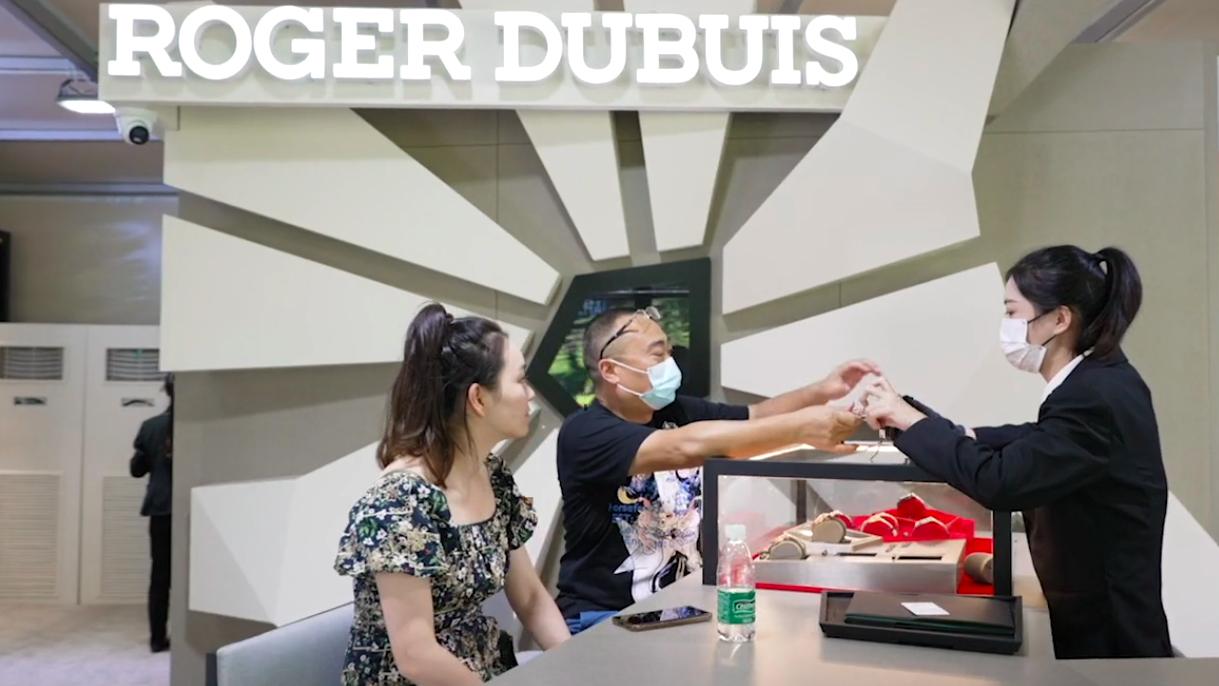What happened
Given China’s ongoing zero-Covid policy and clusters of lockdowns across the country, this year’s Golden Week tourism revenue offers valuable insights into the country’s economic landscape. The seven-day national holiday — also the biggest profit-bringing week of the year — is a clear indicator of the local economy and consumer confidence.
According to data published by the Ministry of Culture and Tourism, during the seven-day festivities, 422 million people made trips across the country, and domestic tourism revenue was 40.4 billion (287.2 billion RMB). But compared to pre-pandemic levels, travel and spending were reduced by 39.3 and 56.8 percent, respectively. On a more positive note, the National Day holiday recorded 70 percent more people traveling than this year’s Spring Festival and per capita travel spending has undergone 30 percent growth compared with the same period last year.

The Jing Take
As tourism and shoppers’ confidence slowly recover, the performance of top-tier cities and consumer trends are especially representative at this time. During the Golden Week, the capital’s 52 key shopping districts received a total of 31.9 million visitors. Online and offline sales reached 1.09 billion (7.84 billion RMB) in revenue, realizing a 5.4 percent year-on-year increase.
Leading the spend is the night economy. Beijing Municipal Bureau of Commerce launched the “Night at the capital” initiative — distributing shopping coupons and hosting cultural events across the city — to entertain residents and tourists and boost spending. The effort achieved a 9.1 percent growth in comparison with this period a year ago.
China’s financial heart Shanghai topped the charts, with the city’s online and offline consumption amounting to 9.23 billion (66.3 billion RMB). Worth noting, online consumption not only fully returned but also increased by 2.9 percent year on year hitting 3.55 billion (25.5 billion RMB). This was mainly driven by the city’s “Love Shopping Shanghai” digital coupons which exceeded 18.8 million (135 million RMB) in total value.

As tourism to cultural destinations rises in popularity, the Chinese port city of Guangzhou has become a popular attraction. The southern province hosted nearly 400 cultural activities during the proceedings. According to the Guangzhou municipal bureau of culture, radio, television, and tourism’s preliminary estimates, the city has received more than 8.56 million tourists.
Last but not least, the country’s resort destination Hainan continues to be affected by strict Covid policies. Regulations such as limiting the number of people entering stores and parks, temperature measurements, and negative nucleic acid tests were imposed on travelers during the holiday. The restrictions have impacted the region’s recovery. From October 1 to 7, the duty-free island received 1.32 million tourists and a total of 221.6 million (1.59 billion RMB) in tourism income, accounting for less than one-third of last year’s passengers and revenue.
From the night economy to heritage sites, this shows the different ways businesses are vying to stay alive despite the challenges.
The Jing Take reports on a piece of the leading news and presents our editorial team’s analysis of the key implications for the luxury industry. In the recurring column, we analyze everything from product drops and mergers to heated debate sprouting on Chinese social media.


